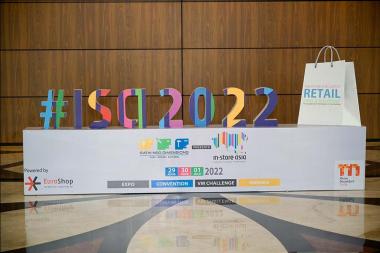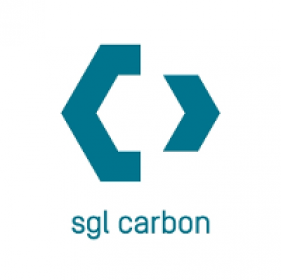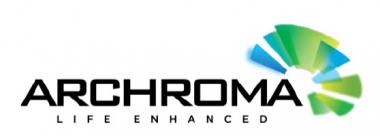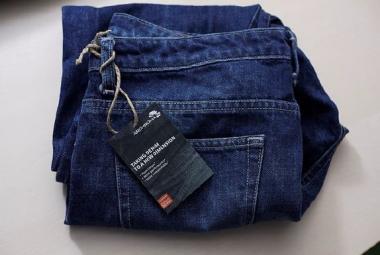in-store asia takes place June 2023 in Mumbai
The 14th in-store asia will be held in Mumbai from 1 June to 3 June 2023. The trade exhibition for retail resources and investment in store design, VM and in-store marketing gathers decision-makers from more than 7,500 retail companies, consultants, service providers, and manufacturers, bringing together over 100 exhibitors.
Since 2018, in-store asia has been a member of the international trade fair family of EuroShop in Düsseldorf. It assembles all leading retail solutions providers from India and other countries under one roof. Here decision-makers from retail, including branded product producers, retail consultants as well as providers of services and solutions for retail, store designers, architects and VM experts come together.
The 3-day event includes not only the Expo area but also a wide range of side events comprising a Convention with over 30 speakers, the presentation of the coveted VM & RD Retail Design Awards as well as the VM Challenge, a live shop window challenge for top-notch visual merchandisers that is unique for India. Furthermore, the Retail Technology Pavilion will present new tools, for instance for retail management and customer tracking as well as solutions revolving around AI & virtual reality, NFTs, smart checkout all the way down to store management, retail security and payment. Celebrating a premiere here will be the Start-up Hub, which will provide emerging, innovative companies with a stage to present themselves to the industry.
The Indian retail industry has changed drastically; being one of the fastest growing retail markets it has proven a key driver for the Indian economy. The Indian retail sector is forecast to continue posting enormous growth rates due to such factors as growing urbanisation, rising household incomes, better connected rural consumers and rising consumer spending.
Messe Düsseldorf GmbH























